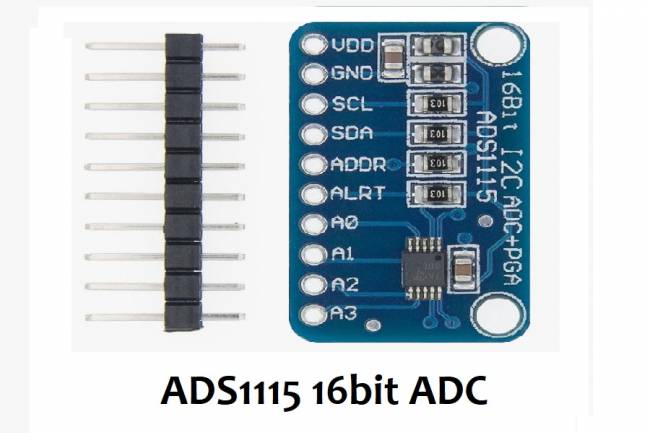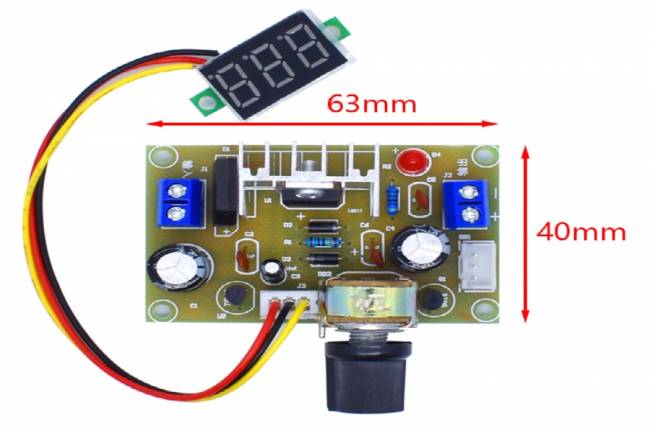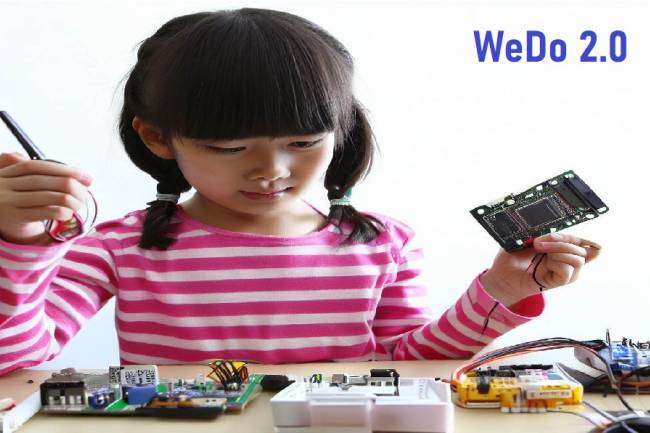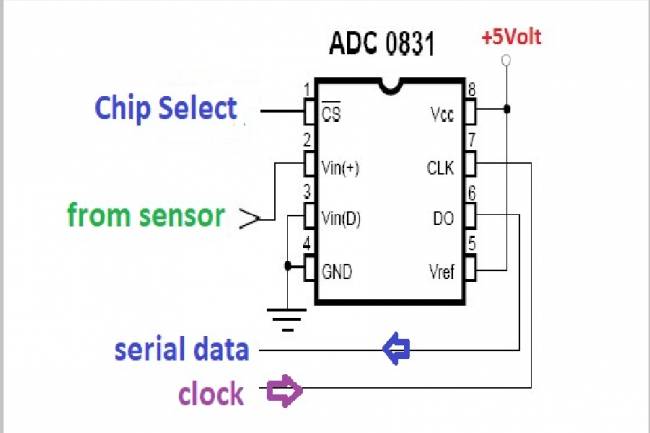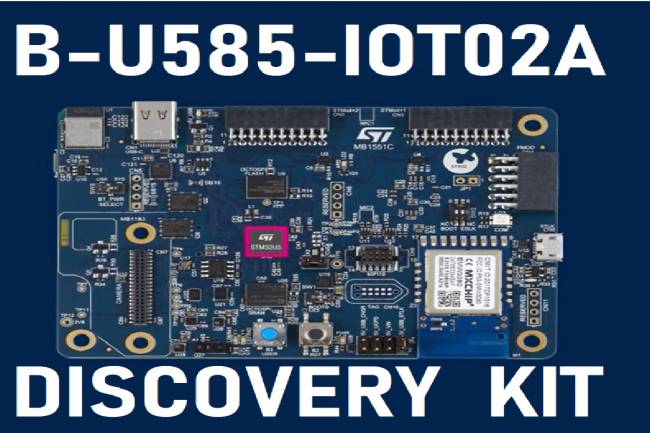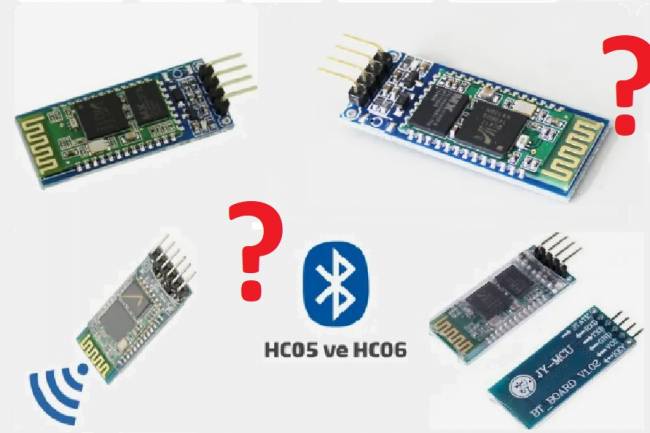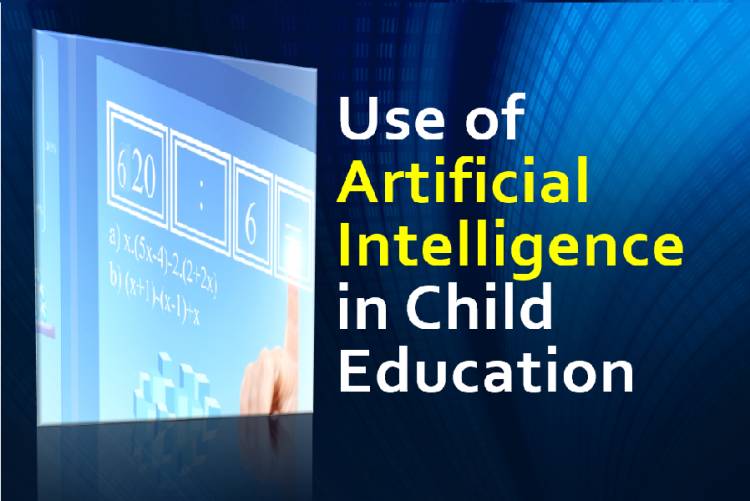
Use of Artificial Intelligence in Child Education
Artificial intelligence (AI) has been used in the workplace for many years, but it is starting to enter the classroom. This is a good thing because artificial intelligence has many benefits that can help children learn more efficiently than ever before.
How can artificial intelligence help children's education?
Artificial intelligence is a powerful tool for learning. When paired with children, it can help them learn more creatively and effectively than they would otherwise. Artificial intelligence can be used in many ways to benefit children's education in a variety of settings. Below are some examples of how AI can be used in the classroom:
The use of virtual reality simulations can help students better understand concepts such as biology, chemistry, and physics. Students can be placed in different scenarios that mimic real-world situations so they can learn how things work before they actually experience it first hand (for example, what it feels like to skydive). Virtual reality also allows teachers to bring together large groups of people to experience the same scenario at the same time, and even allow students from different parts of the world to attend simultaneously without being physically together in school – this means students who live close together but do not attend schools with similar programs are more advanced than what is offered locally. courses (for example, for high school students to take college-level courses).
Artificial Intelligence's role in childhood learning is already evolving in ways that many are unaware of.
Artificial intelligence is already being used to transform the way children learn. Artificial intelligence can help them learn faster and more efficiently, but it can also make the learning process more fun.
Here are a few ways artificial intelligence is currently being used in child education:
Games that adapt to the abilities of each child. These games will allow children to focus on the subjects they need to develop while having fun while playing. They also provide parents with information about their child's progress and how they have developed over time.
Instructors provide feedback based on how well your child responds to questions and/or problems presented by them. The tutor will provide feedback so you know if your child fully understands what is being taught by this tutor before moving on to other parts of the education plan or curriculum created by the teachers themselves.
Children learning to code and robotics Children learning to code and robotics are making an advantageous start to the workforce of the future.
In the future, coding will play a key role in every child's education. Kids are now learning coding and robotics at a young age. It's important for kids to learn to code as early as possible because this gives them an advantage over other people who don't know how to code. If children learn about computers and robots, they will be able to find jobs more easily.
Digital technology will develop rapidly in the next ten years.
The use of digital technology in education is increasing and will continue to increase. Digital technology is used in many ways:
Children can interact with their teachers and with each other through interactive whiteboards, which are large computer screens mounted on the walls.
In the form of laptops, tablets and mobile phones for individual use and collaborative learning.
Digital literacy skills are important for all students, but especially important for children because they will use them throughout their lives (and also now). Children can learn how to access information online by searching online encyclopedias or using search engines such as Google. They can also learn how websites work by clicking links on a page or by following how one website redirects to another.
AI-powered robots can act as educational assistants to help children with learning difficulties or behavior problems at school.
Children with autism spectrum disorder (ASD) and attention deficit hyperactivity disorder (ADHD) are often highly skilled in certain areas, but may have trouble grasping material taught in regular classrooms. Robotics teachers can assist these students by providing personalized feedback and reinforcement based on their individual learning styles. This can be especially important for children who need additional help to understand the basic concepts of a subject such as math or science; these concepts often take more abstract forms that are difficult for many people to understand intuitively.
Instead of using robots as a substitute for teachers, it would be more practical to use robots as teachers in after-school programs or camps, just as robotics is taught in India today. The goal is the same: to teach children about technology and prepare them for their future careers.
The recent backlash to young children's screen time may make parents wary of AI-powered toys and robots, but there is definitely the right balance between technology and human interaction when it comes to educating children.
Recent reactions to young children's screen time may make parents wary of AI-powered toys and robots, but there is definitely the right balance between technology and human interaction when it comes to educating children.
The way out is, by bringing AI into the classroom, we can help train future generations more efficiently than ever before.
Artificial intelligence can help children learn more efficiently.
This is especially true for children who have trouble learning or understanding certain topics, but with the help of artificial intelligence they can progress faster and easier than ever before.
The growth of artificial intelligence has been rapid in recent years and has already begun to enter our daily lives. In fact, artificial intelligence is already being used to help children with learning difficulties or behavior problems at school. While there are concerns about the use of robots in children's education, this technology may actually benefit children with learning disabilities because it provides a more personalized experience than teachers' attention when a child needs extra help with homework or projects.



